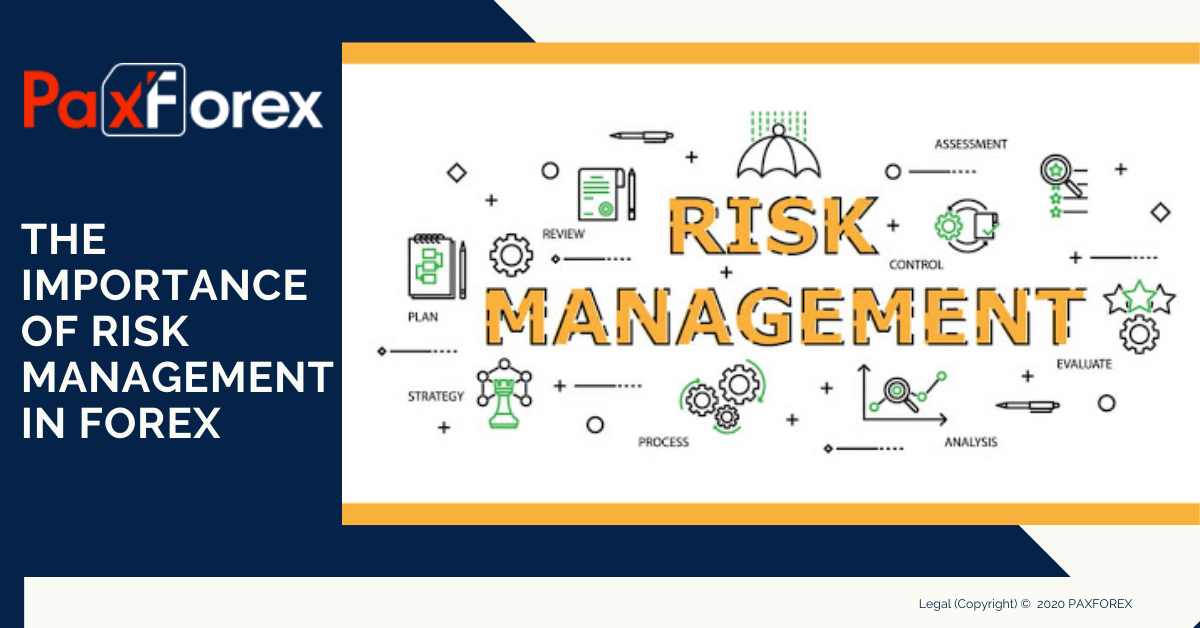The Increasing Importance of Risk Management in Healthcare and Safety
The Increasing Importance of Risk Management in Healthcare and Safety
Blog Article
Checking out the Significance of Risk Management for Effective Decision-Making Techniques
In the intricate globe of company, Risk Management becomes a critical variable in the decision-making process. The capability to identify possible dangers and opportunities, and plan accordingly, can lead to the difference between success and failing. With tools such as SWOT and PESTEL, companies are furnished to make enlightened choices, promoting resilience and flexibility in an ever-changing environment. Wondering exactly how this functions? Let's unbox the dynamics better.
Recognizing the Idea of Risk Management
Risk Management, an essential element in decision-making, is typically misconstrued or oversimplified. Generally, it describes the recognition, analysis, and prioritization of risks to reduce, keep an eye on, and manage the chance or influence of unfavorable occasions. Nonetheless, it's not just concerning avoiding unfavorable results, however likewise concerning identifying possible chances. Risk Management involves disciplined and structured techniques, using information and insightful assessments. It requires a thorough understanding of the organization's context, objectives, and the potential risks that might obstruct them. From monetary uncertainties, lawful responsibilities, strategic Management errors, to mishaps and all-natural disasters, it deals with various threats. Significantly, effective Risk Management is not stationary; it's a constant, forward-looking procedure that develops with changing scenarios.
The Function of Risk Management in Decision-Making Processes
In the world of calculated preparation and company operations, Risk Management plays an essential duty in decision-making procedures. Risk Management therefore ends up being an essential tool in decision-making, helping leaders to make informed choices based on a comprehensive understanding of the dangers involved. Risk Management offers as an essential part in the decision-making procedures of any kind of company.

Just How Risk Management Enhances Strategic Planning
In the context of strategic preparation, Risk Management plays a crucial function. Starting with the identification of potential risks, it better includes the application of Risk reduction actions. The function of Risk Management is not fixed however dynamic, as it demands continuous tracking and adjusting of techniques.
Determining Possible Dangers

Implementing Risk Reduction
Having actually developed the significance of determining possible threats, the following step is to explore Risk reduction. This procedure entails developing and executing methods to take care of recognized risks efficiently. It is a vital aspect of tactical planning as it improves decision-making by minimizing potential unfavorable end results. Risk mitigation approaches can range from Risk avoidance, Risk transfer, to risk reduction. Each technique must be customized to the details Risk, considering its prospective influence and the organization's Risk resistance. Additionally, efficient Risk mitigation requires a deep understanding of the Risk landscape and the prospective impact of each Risk. This understanding enables organizations to prioritize dangers and assign resources properly, making certain that one of the most significant threats are addressed initially.
Surveillance and Changing Techniques
Though Risk reduction is an important action in calculated preparation, constant tracking and change of these approaches is equally essential. It likewise supplies a possibility to review the success of the Risk Management measures, allowing adjustments to be made where necessary, further improving tactical preparation. Monitoring and readjusting Risk Management approaches is a critical component for boosting a company's durability and tactical preparation.
Case Studies: Successful Risk Management and Decision-Making
On the planet of organization and money, effective Risk Management and decision-making frequently serve as the pillars of flourishing ventures. One such entity is an international oil business that alleviated monetary loss by hedging against fluctuating oil rates. In an additional instance, a tech startup grew by recognizing and accepting high-risk, high-reward strategies in an unpredictable market. A worldwide bank, confronted with regulatory unpredictabilities, effectively navigated the situation via positive Risk analysis and vibrant decision-making. These situations highlight the value of sharp Risk Management in decision-making procedures. It is not the lack of Risk, yet the Management of it, that frequently distinguishes effective business from unsuccessful ones. These instances highlight the critical duty of Risk Management in tactical decision-making. importance of risk management.
Devices and Techniques for Reliable Risk Management
Navigating the detailed maze of Risk Management needs the best set of techniques and devices. These tools, such as Risk signs up and heat maps, help in determining and assessing possible dangers. Techniques include both measurable techniques, like sensitivity analysis, and qualitative approaches, such as SWOT analysis. These aid in focusing on dangers based upon their potential influence and chance. Risk feedback techniques, a vital component of Risk Management, involve accepting, avoiding, moving, or mitigating dangers. Monitoring and regulating risks, via routine audits and evaluations, ensure that go to this web-site the techniques continue to be efficient. With these tools and methods, decision-makers can navigate the complicated landscape of Risk Management, thereby assisting in educated and effective decision-making.
Future Patterns in Risk Management and Decision-Making Strategies
As we explore the huge landscape of Risk Management, it comes to be noticeable that the tools and techniques utilized today will proceed to develop. The idea of read here Risk society, where every member of an organization is aware and included in Risk Management, will acquire extra prominence. These patterns herald an even more proactive and comprehensive method towards Risk Management and decision-making.
Final thought

Risk Management therefore ends up being an important tool in decision-making, aiding leaders to make enlightened options based on a detailed understanding of the dangers involved. Risk reduction techniques can range from Risk avoidance, Risk transfer, to take the chance of decrease (importance of risk management). Efficient Risk reduction needs a deep understanding of the Risk landscape and the possible effect of each Risk. Risk action strategies, a vital element of Risk Management, include accepting, staying clear of, moving, or mitigating dangers. The concept of Risk culture, where every member of a company is aware and involved in Risk Management, will certainly obtain a lot more try this out prominence
Report this page